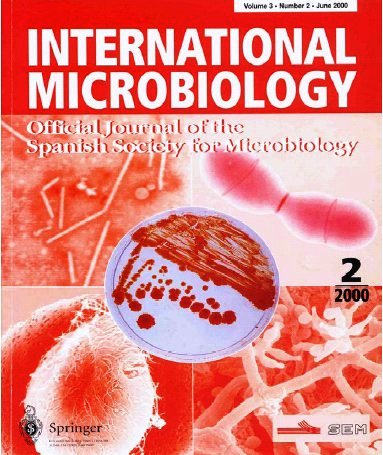Methane production and release from two New England peatlands
Keywords:
methanogenesis, acidic habitats, bogs, gas release, SphagnumAbstract
The rate of methane production and release to the atmosphere was determined for two New England peat bogs. Methane production rates from peat sediments, which were measured down to depths of 150 cm, ranged from 1 to 15 μmoles per liter per hour. The highest rates of methane production occurred at depths of 60–100 cm. Methane release from these same peats was quantified from various habitats on the bog using gas collection chambers. The chambers enclose a two-liter volume and cover an area of 0.02 m2. Methane accumulation in the chambers was measured for periods of up to 18 days. Methane release was related to pH and habitat zone. The lowest rates of methane release were from those portions of the bogs that had pH values below 5.0. Peak methane release occurred during or immediately after ice melt in both wetlands with release rates as high as 34 mmoles/m2/d. The overall estimate of yearly release of methane from these bog systems is 2,900 and 14,900 moles per year for Arcadia and Hawley Bogs respectively. Both of these bogs have pH environments close to the lowest limit for methanogenesis, and small differences in pH values can have a large impact on both the rate of methane production and the rate of methane release to the atmosphere.Downloads
Published
2010-03-15
Issue
Section
Research Articles
License
Submission of a manuscript to International Microbiology implies: that the work described has not been published before, including publication in the World Wide Web (except in the form of an Abstract or as part of a published lecture, review, or thesis); that it is not under consideration for publication elsewhere; that all the coauthors have agreed to its publication. The corresponding author signs for and accepts responsability for releasing this material and will act on behalf of any and all coauthors regarding the editorial review and publication process.If an article is accepted for publication in International Microbiology, the authors (or other copyright holder) must transfer to the journal the right–not exclusive–to reproduce and distribute the article including reprints, translations, photographic reproductions, microform, electronic form (offline, online) or any other reproductions of similar nature. Nevertheless, all article in International Microbiology will be available on the Internet to any reader at no cost. The journal allows users to freely download, copy, print, distribute, search, and link to the full text of any article, provided the authorship and source of the published article is cited. The copyright owner's consent does not include copying for new works, or resale. In these cases, the specific written permission of International Microbiology must first be obtained.
Authors are requested to create a link to the published article on the journal's website. The link must be accompanied by the following text: "The original publication is available on LINK at <http://www.im.microbios.org>. Please use the appropiate URL for the article in LINK. Articles disseminated via LINK are indexed, abstracted, and referenced by many abstracting and information services, bibliographic networks, subscription agencies, library networks, and consortia.




